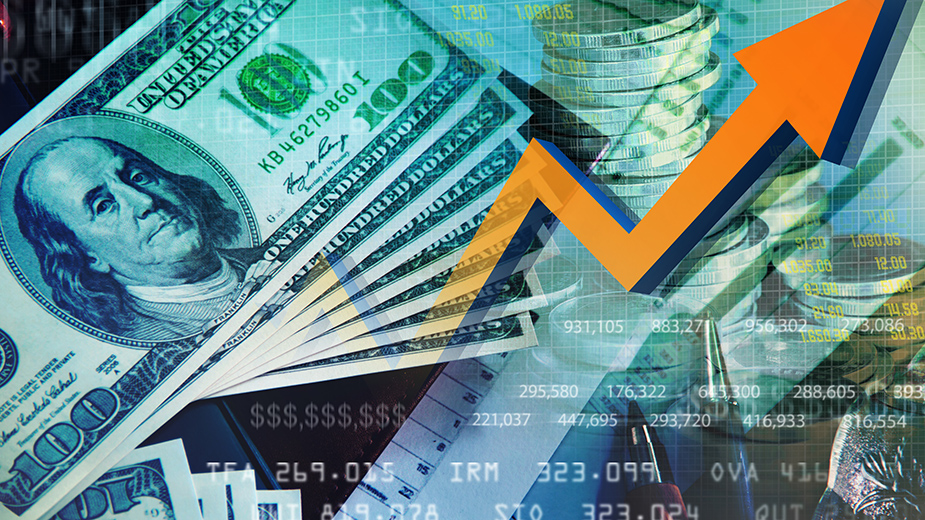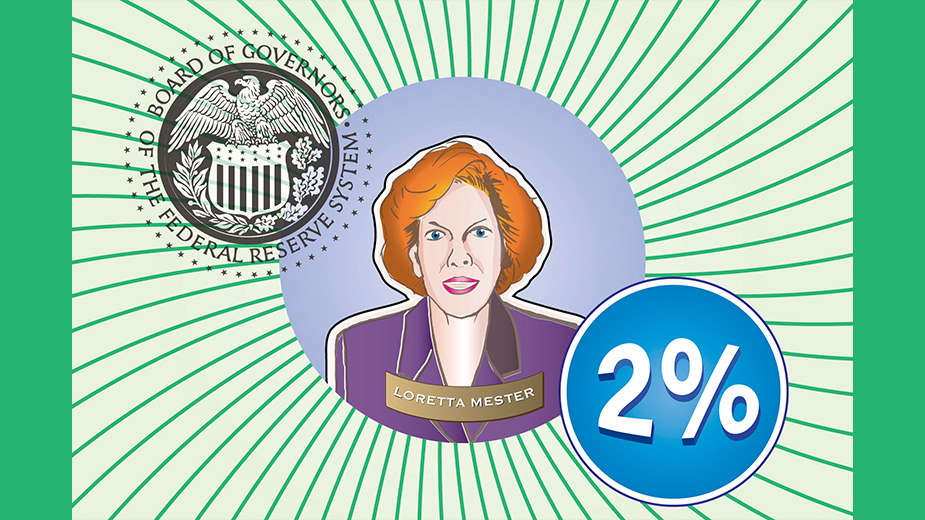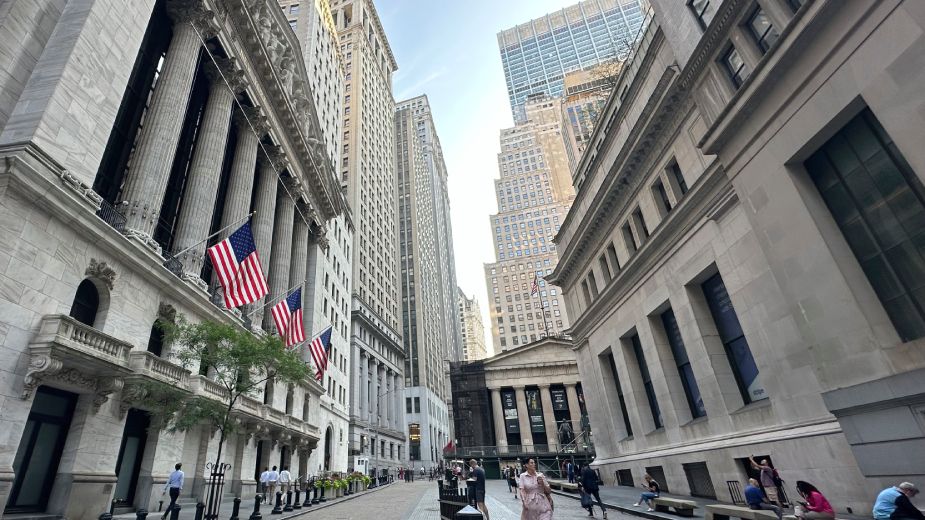Inflation and Wages: Economists Delve into Predictions for 2023
YOUNGSTOWN, Ohio – Will inflation continue to rise? Will there be a recession and how will wages impact inflation in the upcoming months?
As 2022 winds down, economists weighed in Tuesday on wages and inflation by invitation of the Federal Reserve Bank of Cleveland and its Center for Inflation Research.
While the Fed continues to raise interest rates with the goals of price stability and maximum employment, labor demand continues to outpace labor supply, said Loretta Mester, Cleveland Fed president and CEO.
She compared the current inflation with what the country dealt with in the 1970s, finding it to have similarities, but also differences.
“During last two years, inflation has been high and wages have been rising. That’s similar (to the 1970s), but in most sectors and categories, wage growth isn’t keeping up with inflation and longer term inflation expectations have remained reasonably well anchored. So the dynamics today are different from the 1970s,” Mester said.
Will there be a recession? Jan Hatzius, head of global investment research division and chief economist at Goldman Sachs, says unlike the consensus reported by the Wall Street Journal that found the median among forecasters is 65%, his analysis group is about 35%, which is still higher than the 15% on most years.
The reason for disagreeing with conventional logic for Hatzius is his belief that the labor market is overheated due to excessively high vacancies instead of excessively high levels of employment.
He sees future declines in the number of job openings, a lessening in the number of people who are quitting and a slowing in the hourly earnings increases.
“My take away is the labor market is adjusting, very clearly,” said Hatzius. “It needs to adjust further. But it is adjusting in an environment in which the unemployment rate has not increased and does not need to decrease by a large amount for the labor market to get back in better balance.”
He sees other driving forces decreasing as well such as energy prices and the high price of shelter.
Sebnem Kalemli-Ozcan, the Neil Moskowitz Professor of Economics at the University of Maryland, analyzed how COVID-19 shocked both supply and demand and the effect the recovery is having on both labor shortages and inflation. She believes wages that have gone up and will not come back down.
She suggested that we are experiencing excessive wage growth and need to wait for the supply to catch up with demand.
“To bring down labor demand, you have to bring down consumer demand for services,” Kalemli-Ozcan said, adding once demand lessens there will be downward pressure on wage growth.
Aaron Sojourner, senior researcher, W.E. Upjohn Institute for Employment Research, said profits are still up, while consumer prices and labor costs are up less.
“It’s true that wages and labor compensation make up a big part of the cost of production and have a big influence on prices, but there’s also profits happening in the background,” said Sojourner. “To me a big question is how do we promote competition, how do we get more vigorous competition in product markets to create downward price pressure, how do we get more vigorous pressure in labor markets honestly to create upward pressure on wages.”
Sojourner believes more profits need to be pulled toward consumers and workers. But he sees productivity concerns in the country as well.
The number of employees forced to miss a week or more of work because illnesses or caring for other family members is still elevated from pre-pandemic levels. Additionally, there are possibly a million people who are now out of the job market because of long-term COVID disabilities and another large group who transitioned into retirement during the pandemic.
One trend that may create a downward pressure on wages, according to Sojourner, is the remote and hybrid work trend, where employees may be willing to work for less money in exchange for flexibility. Additionally, in a more remote atmosphere, companies may be able to find more productive, better-suited employees because they do not have to live in the immediate area.
Will wage and price inflation drop sooner or later?
Hatzius is forecasting a gradual decline to the inflation with indications it could go back to 3% by the end of 2023 and 2.5% by the end of 2024. But he also believes the Fed will make several smaller adjustments to the interest rates in 2023.
Copyright 2024 The Business Journal, Youngstown, Ohio.



